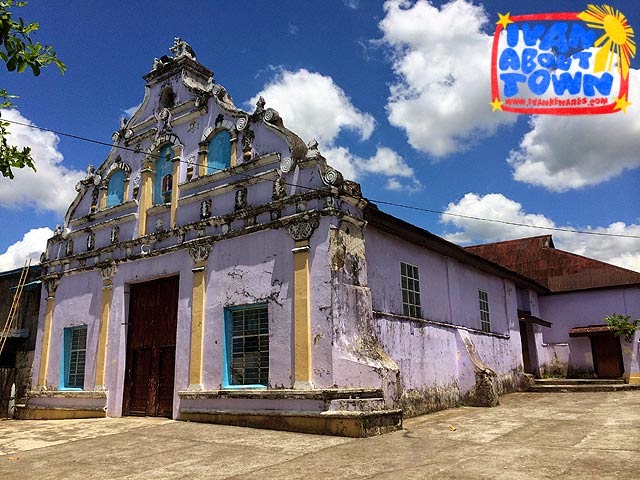Ivan Man Dy writes about our visit to the heritage town of Pila, Laguna last summer. Text by Ivan Man Dy. Photos by Ivan Henares.
One lazy weekday, I suddenly found myself itching to go out and escape the city, an impromptu day trip. A few calls here and there and I found out that my tokayo Ivan Henares is heading south to the town of Los Baños in Laguna. I hitched a ride and that's how we found ourselves in the town of Pila.
As a heritage junkie,
Pila Historical Landmark has been on my list of historic towns to visit. Funny that I've been to the farther ones like Vigan, Taal, Silay, Carcar and even Sabtang (Batanes) but never to this one which is as close as it can get to the Metro.
Now, exploring a place at your own pace has its advantages but having an insider and knowledgeable host and guide is something of a treat. And it's something that I really welcomed upon meeting Cora Relova of the
Pila Historical Society Foundation.
To be honest, there is not much activity happening in Pila, a quaint little town surrounded by rice fields in this lush part of Laguna. No dramatic history, grand edifices nor high-spirited fiestas here. Not even a mall or a fast food chain. What it has however, is something that an urban rat like me find refreshing: provincial innocence and countryside charm.
Over a lunch of house specialties that included
pako salad, pork chops,
atsarang ubod, fresh coconut juice and an amazingly savory
ginataang hipon na tabang, Cora regaled us with historical tidbits and stories of a city girl growing up in the town. According to her, Pila's fortunes are linked with its surrounding agricultural lands, no surprise really. And that wealth was eventually translated to the good life best seen in the houses around the Pila's central plaza.
Any visit to the the town will ultimately lead you here, a lovely patch of green (during the heat of summer) dominated on both sides by the
Church of San Antonio de Padua (1578) and the
Pila Municipal Hall (1931). This traditional colonial-era pattern has sadly been disfigured in many old towns today. As I explored the latter, I saw a plaque inside that mentions one of Cora's ancestors (grandfather perhaps) as being the municipal president in the 1900s. Roots to the town go really deep for the Relovas of Pila. Surrounding the plaza is Pila's prized collection of historic homes, most dating back to the early 1900s when that generation, alas, perhaps the last of them, still adopted the traditional
bahay na bato architecture for their homes.
A century hence, most of these houses are quite well maintained and still with their traditonal details like big
kapis windows, intricate
kalado patterns and fluted columns. As an extra treat, Cora invited us to her cute 1920s home that was built by her grandmother and regaled us with more stories.
Over a
merienda of
halo-halo by the verandah, we listened to the 1970s pop band VST at the recently installed speakers in the plaza. We whiled away the afternoon and watch the day end in this small town.
"Pila is is not grand. It's charming," Cora says. I couldn't agree more. For a brief moment, time suddenly slowed down in this lovely town called Pila.





















































